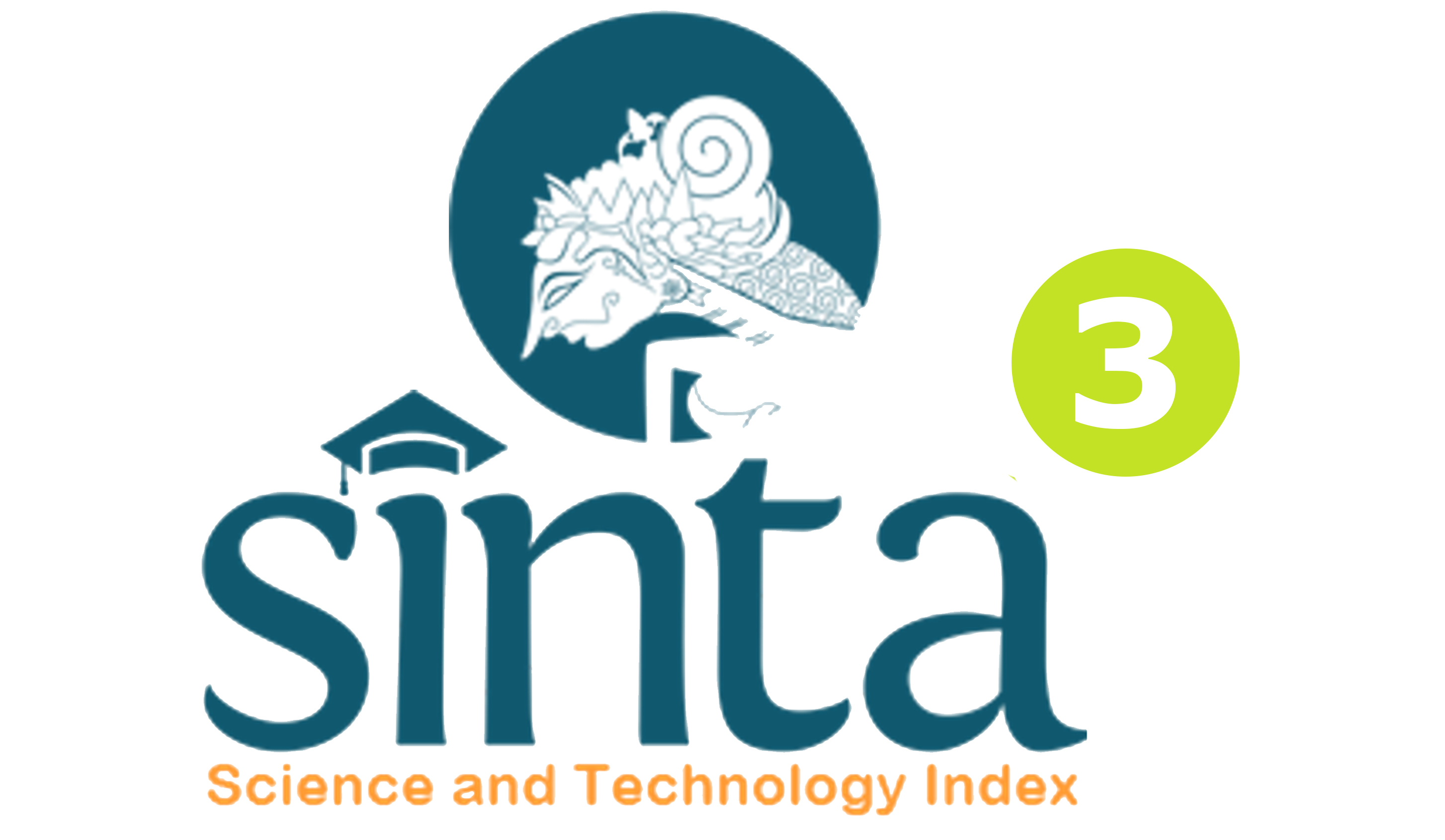PENGARUH PENDEKATAN KONSELING BEHAVIORAL TEKNIK PENGUATAN POSITIF DAN TEKNIK MODELING TERHADAP MOTIVASI BELAJAR SISWA KELAS VIII SMP LAB UNDIKSHA SINGARAJA
DOI:
https://doi.org/10.23887/jibk.v5i1.7815Abstract
Tujuan penelitian ini adalah untuk mengetahui Pengaruh Pendekatan Konseling Behavioral Teknik Penguatan Positif dan Teknik Modeling Terhadap Motivasi Belajar Siswa Kelas VIII SMP Laboratorium Undikhsa Singaraja. Desain penelitian yang digunakan adalah “Prettest-Posttest Control Group” Design merupakan model eksperimen. Metode analisis data yang digunakan adalah t-test. Metode pengambilan sampel yang dipakai pada penelitian ini menggunakan sampling purposive (purposive sampling). Pengumpulan data hanya dilakukan pada kelompok subjek yang memiliki karakteristik sesuai dengan tujuan penelitian yaitu siswa yang memiliki motivasi belajar yang rendah. Hasil penelitian mengatakan bahwa terdapat perbedaan pengaruh konseling behavioral teknik peguatan positif dan teknik modeling terhadap siswa kelas VIII SMP Laboratorium Undiksha Singaraja karena berdasarkan nilai t pada table di atas maka diperoleh nilai thitung sebesar 0,783 dengan df=18 (N-1)+(N+1) = 18 dan taraf signifikansi 5 % maka diperoleh nilai ttabel sebesar 2.10. Karena thitung lebih kecil dari ttabel pada taraf signifikansi 5% berarti H0 diterima maka Ha ditolak. Dari hasil analisis uji hipotesis tersebut maka dapat disimpulkan bahwa” penggunaan konseling behavioral dengan teknik modeling lebih efektif dari pada teknik penguatan positif untuk meningkatkan motivasi belajar siswa kelas VIII SMP Laboratorium Undiksha SingarajaKata Kunci : Konseling Behavioral, Teknik Penguatan Positif, Teknik Modeling
The purposes of this study are to determine the effect of counseling Behavioral Approaches Positive Reinforcement Technique and Modeling Techniques Against Student Motivation of VIII Class of SMP Laboratory UndikhsaSingaraja. The study design that used was "Pretest-Posttest Control Group" Design is an experimental model. Data analysis method that used was t-test. The sampling method used in this study using purposive sampling (purposive sampling). Collecting data is only performed on a group of subjects that have characteristics consistent with the purpose of research that students who have a low learning motivation. Research suggests that there are differences influence behavioral counseling reinforcement positive techniques and modeling techniques to the students of class VIII of SMP Laboratory UndikshaSingaraja because it is based on the value of t in the table above, the values obtained tcount of 0.783 with df = 18 (N-1) + (N + 1) = 18 and a significance level of 5%, the obtained value ttabelis 2.10. Because tcalculation smaller than ttable at significance level of 5% means that H0 accepted, Ha rejected. From the analysis of hypothesis testing proficiency level it can be concluded that the "use of behavioral counseling with modeling technique is more effective than positive reinforcement techniques to improve students' motivation in class VIII SMP Laboratory UndikshaSingaraja
keyword : Behavioral Counseling, Positive Reinforcement Engineering, Mechanical Modeling
Published
Issue
Section
License
Jurnal Ilmiah Bimbingan Konseling Undiksha is an Open Access Journal. The authors who publish the manuscript in this journal agree to the following terms:
JIBK is licensed under a Creative Commons Attribution 4.0 International License. This permits anyone to copy, redistribute, remix, transmit and adapt the work provided the original work and source is appropriately cited.
This means:
Jurnal Ilmiah Bimbingan Konseling is licensed under a Creative Commons Attribution 4.0 International License.
(1) Under the CC-BY license, authors retain ownership of the copyright for their article, but authors grant others permission to use the content of publications in JIBK in whole or in part provided that the original work is properly cited. Users (redistributors) of JIBK are required to cite the original source, including the author's names, JIBK as the initial source of publication, year of publication, volume number, issue, and Digital Object Identifier (DOI); (2) The authors are the copyright owner of the article, and the author grants the JIBK held the first publication right.









.png)

.jpg)

